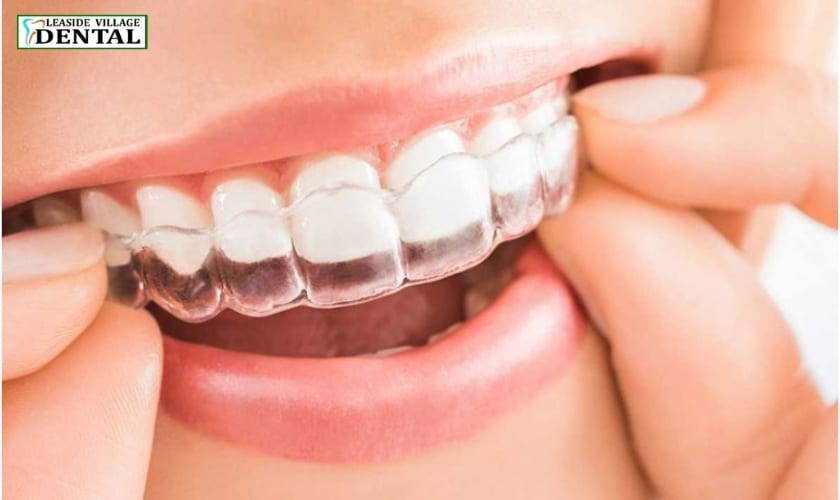Clear aligners and Invisalign are two popular treatments for achieving straighter teeth. Both have their own advantages and can help you achieve a perfect smile. In this blog, we will explore the benefits of these orthodontic treatments and discuss the differences between them. We will also answer some frequently asked questions about clear aligners and Invisalign.
Having a perfect smile is something that many people dream of. But achieving this without wearing metal braces can seem impossible. Fortunately, there are treatments such as clear aligners and Invisalign that offer an alternative to metal braces and can help you get the smile of your dreams. These treatments are becoming increasingly popular among adults and teenagers alike for their convenience and discreetness. In this blog, we will discuss the benefits of these orthodontic treatments and compare the differences between them.
The Benefits of Invisalign
Invisalign is an innovative clear aligner system that has revolutionized orthodontic treatment. Unlike traditional metal braces, Invisalign uses a series of removable, transparent trays to gradually move your teeth into the desired position. The biggest advantage of Invisalign is that it is virtually invisible, which means that you can straighten your teeth without anyone knowing. In addition, Invisalign trays are removable, so you can take them out to eat and brush your teeth. This makes them much more convenient and comfortable than traditional braces.
Another advantage of Invisalign is that it requires fewer visits to the orthodontist. With Invisalign, you will receive a new set of trays every few weeks and only need to visit your orthodontist for a brief check-up. Additionally, Invisalign offers more precision than traditional braces, allowing your orthodontist to achieve better results in less time.
The Benefits of Clear Aligners
Clear aligners are a type of orthodontic treatment that use a series of clear plastic trays to gradually move your teeth into the desired position. Like Invisalign, clear aligners are virtually invisible and removable, which makes them a great option for adults and teenagers who want discreet orthodontic treatment. Clear aligners are also more comfortable than traditional braces, as they don’t have any sharp edges or hard wires that can irritate your mouth.
Another advantage of clear aligners is that they require fewer visits to the orthodontist. With clear aligners, you will receive a new set of trays every few weeks and only need to visit your orthodontist for a brief check-up. Additionally, clear aligners offer more precision than traditional braces, allowing your orthodontist to achieve better results in less time.
The Differences Between Invisalign and Clear Aligners
While Invisalign and clear aligners share many of the same benefits, there are a few differences between the two treatments. Invisalign is a proprietary system that is only available through certified providers, while clear aligners can be obtained from a variety of sources. Additionally, clear aligners are usually less expensive than Invisalign.
Conclusion
Invisalign and clear aligners are both excellent options for orthodontic treatment. They offer a convenient and discreet way to straighten your teeth without anyone knowing, and they can also help you achieve better results in less time. Ultimately, the choice between Invisalign and clear aligners depends on your individual needs, budget, and preferences.
FAQs
Q: How long does it take to get Invisalign or clear aligners?
A: The length of treatment depends on the complexity of your case, but typically takes between six and 18 months.
Q: How often do I need to visit the orthodontist with Invisalign or clear aligners?
A: You should visit your orthodontist every four to six weeks for a check-up.
Q: Are Invisalign and clear aligners painful?
A: Some patients experience minor discomfort when switching trays, but overall there is very little pain associated with these treatments.

